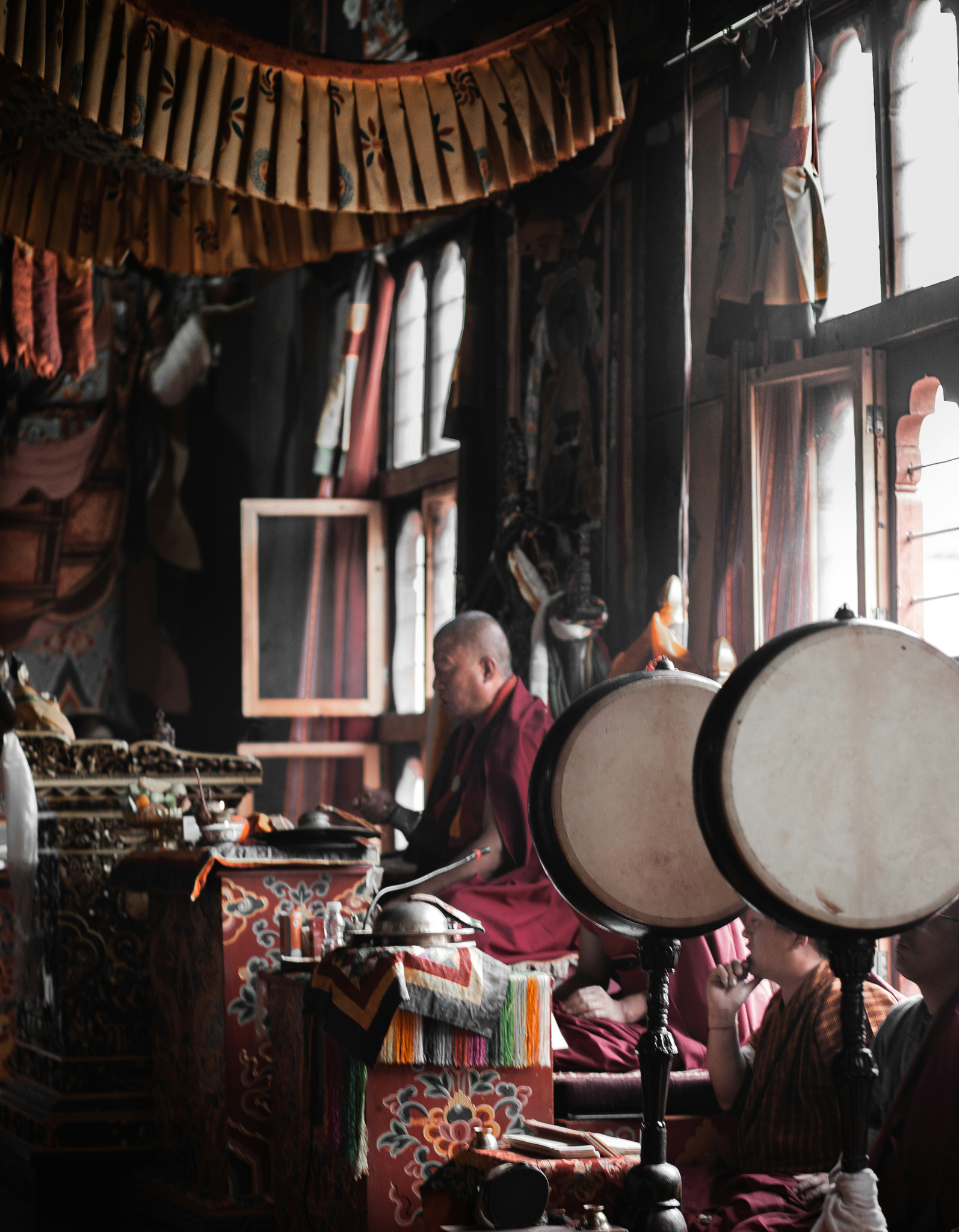Bhutan – Destination Guide
Bhutan, the mystical Kingdom in the Himalayas, is known for its breathtaking landscapes, vibrant festivals, and deep-rooted Buddhist traditions. Often referred to as the “Land of the Thunder Dragon,” Bhutan offers a unique glimpse into a culture that values Gross National Happiness over GDP. With dramatic mountain scenery, ornate dzongs, and prayer-flag-draped passes, this peaceful and pristine nation is perfect for travelers seeking both spiritual and natural inspiration.
Whether you’re hiking to the iconic Tiger’s Nest Monastery, wandering through traditional villages, or attending a colourful tsechu (festival), Bhutan is a deeply enriching destination unlike anywhere else.
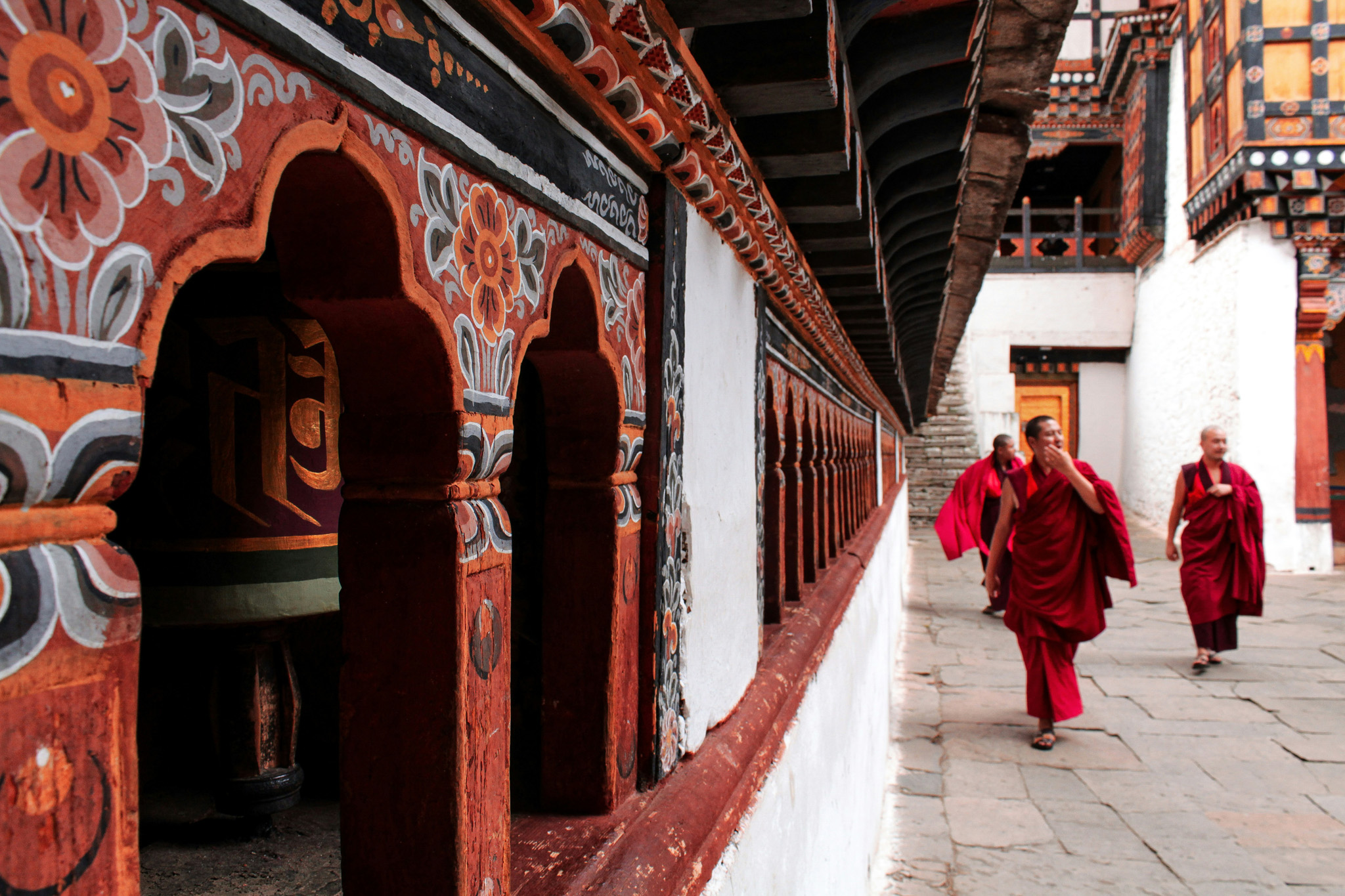
🏞️ Regions to Explore
Paro Valley
- Home to Bhutan’s only international airport
- Famous for Taktsang (Tiger’s Nest) Monastery
- Quaint town with traditional architecture and handicrafts
Thimphu
- Bhutan’s capital, blending tradition and modernity
- Explore markets, museums, and the Buddha Dordenma statue
- Vibrant café culture and artisan scene
Punakha
- Lush subtropical valley with terraced rice fields
- Visit Punakha Dzong, one of the most beautiful in Bhutan
- Suspension bridge crossings and riverside hikes
Bumthang Valley
- Considered the spiritual heart of Bhutan
- Monasteries, ancient temples, and rural villages
- Ideal for multi-day trekking and cultural immersion
Haa Valley
- Less-visited and off-the-beaten-path
- Surrounded by pristine forests and traditional farms
- Great for homestays and nature walks
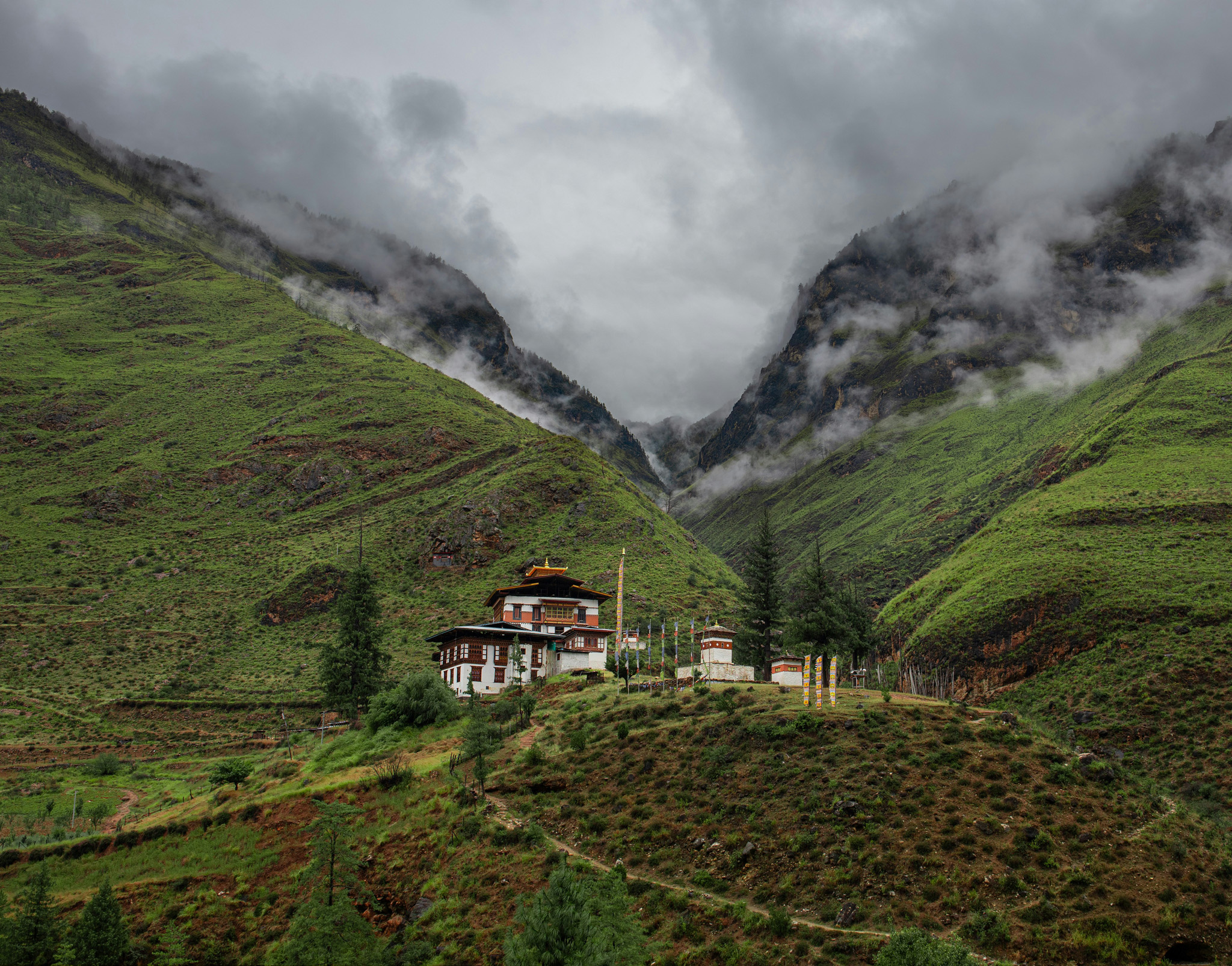
🧭 Top Experiences
- Hike to the spectacular Tiger’s Nest Monastery in Paro
- Explore Punakha Dzong, Bhutan’s most picturesque fortress
- Attend a local tsechu festival filled with masked dances and music
- Wander the colourful Thimphu weekend market
- Drive across the Dochula Pass, lined with 108 chortens and stunning views
- Stay in a traditional farmhouse and experience rural Bhutanese life
- Trek the Druk Path or Jomolhari Trail for Himalayan adventure
- Learn archery, Bhutan’s national sport, with local guides
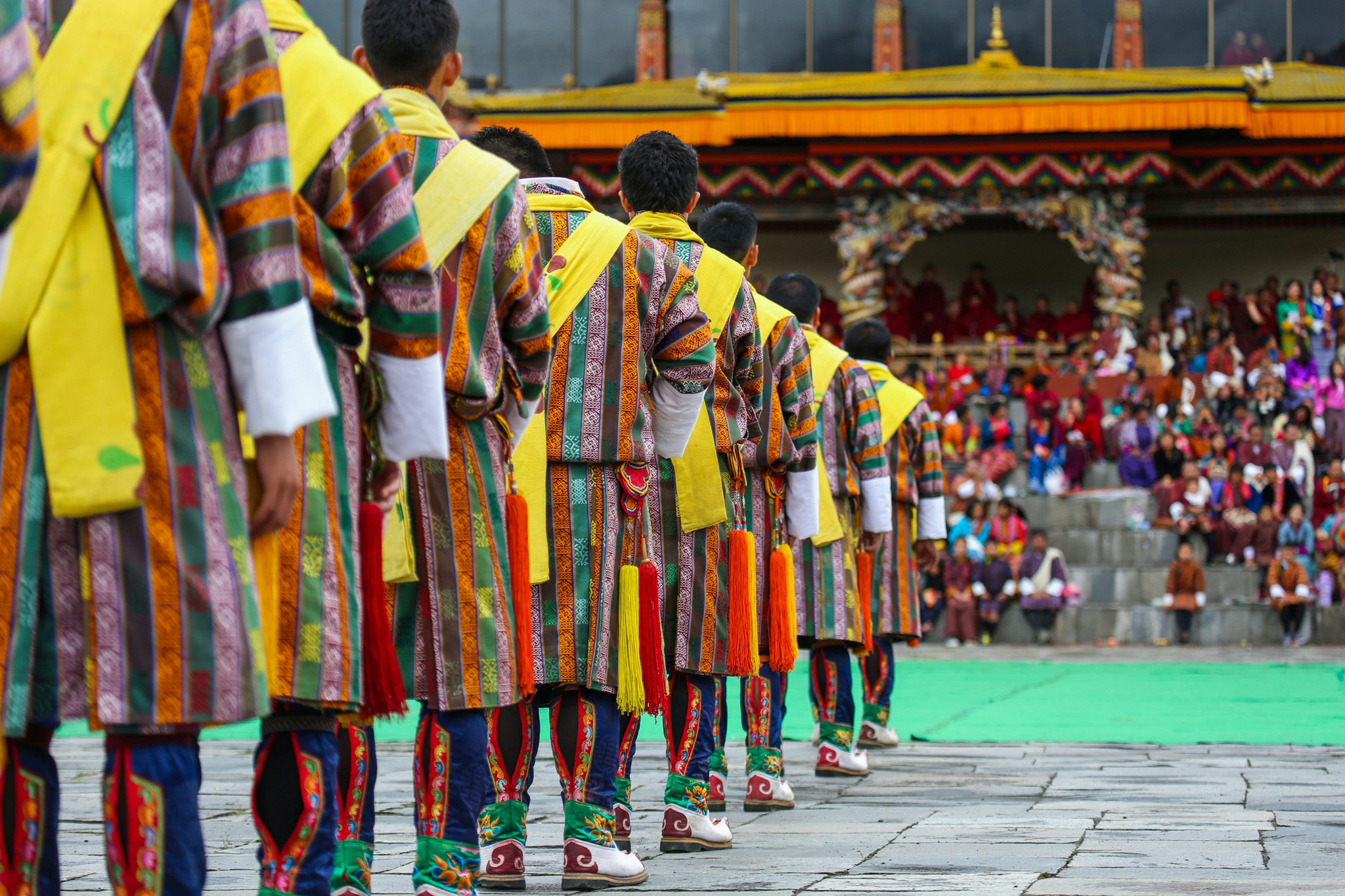
🛂 Visa Requirements
- All travellers (except nationals of India, Bangladesh, and the Maldives) must obtain a visa in advance
- Visas are only issued through a licensed Bhutanese tour operator or their international partners
- Travellers must book a pre-arranged tour package, which includes accommodation, guide, transport, and entrance fees
- The Sustainable Development Fee (SDF) applies: currently USD $100 per person per night
- Indian citizens require a permit, which can be arranged on arrival or in advance
👉 Check official visa requirements here
🛬 Getting There
Paro International Airport (PBH)
- The only international airport in Bhutan
- Located in a deep valley surrounded by mountains – known for dramatic landings
- Flights available from Delhi, Kathmandu, Bangkok, Singapore, Dhaka, and other cities via Druk Air or Bhutan Airlines
Transfers to Towns
- Paro to Thimphu – approx. 1.5 hours by private car
- Paro to Punakha – approx. 4 hours via Dochula Pass
🚗 Getting Around
- All tours include private transportation and driver
- Independent travel without a guide is not permitted for most foreign visitors
- Roads are mountainous and winding – expect slower travel times
- Domestic flights are limited and mostly used for remote region access
- Local buses and taxis exist but are rarely used by tourists

🍛 Food & Drink
- Bhutanese cuisine is hearty, spicy, and often centred around red rice, chilli, and cheese
- Must-try dishes include Ema Datshi – chilli and cheese stew, Phaksha Paa – pork with radish and chilli, and Momos – Himalayan dumplings
- Butter tea (suja) and ara (local rice spirit) are popular local drinks
- Most meals are included in tour packages and served buffet-style at hotels or local restaurants
🛍️ What to Buy
- Handwoven textiles and scarves (especially from Bumthang)
- Prayer flags, thangkas (religious paintings), and incense
- Handmade paper and journals
- Silver and turquoise jewelry
- Wooden masks and carved items
📅 Best Time to Visit
- Spring (Mar – May) – Clear skies, blooming rhododendrons, great for hiking and festivals
- Autumn (Sep – Nov) – Crisp air, clear mountain views, and major festivals
- Winter (Dec – Feb) – Cold but peaceful – great for fewer tourists and birdwatching in southern valleys
- Summer (Jun – Aug) – Rainy monsoon season – less ideal for trekking
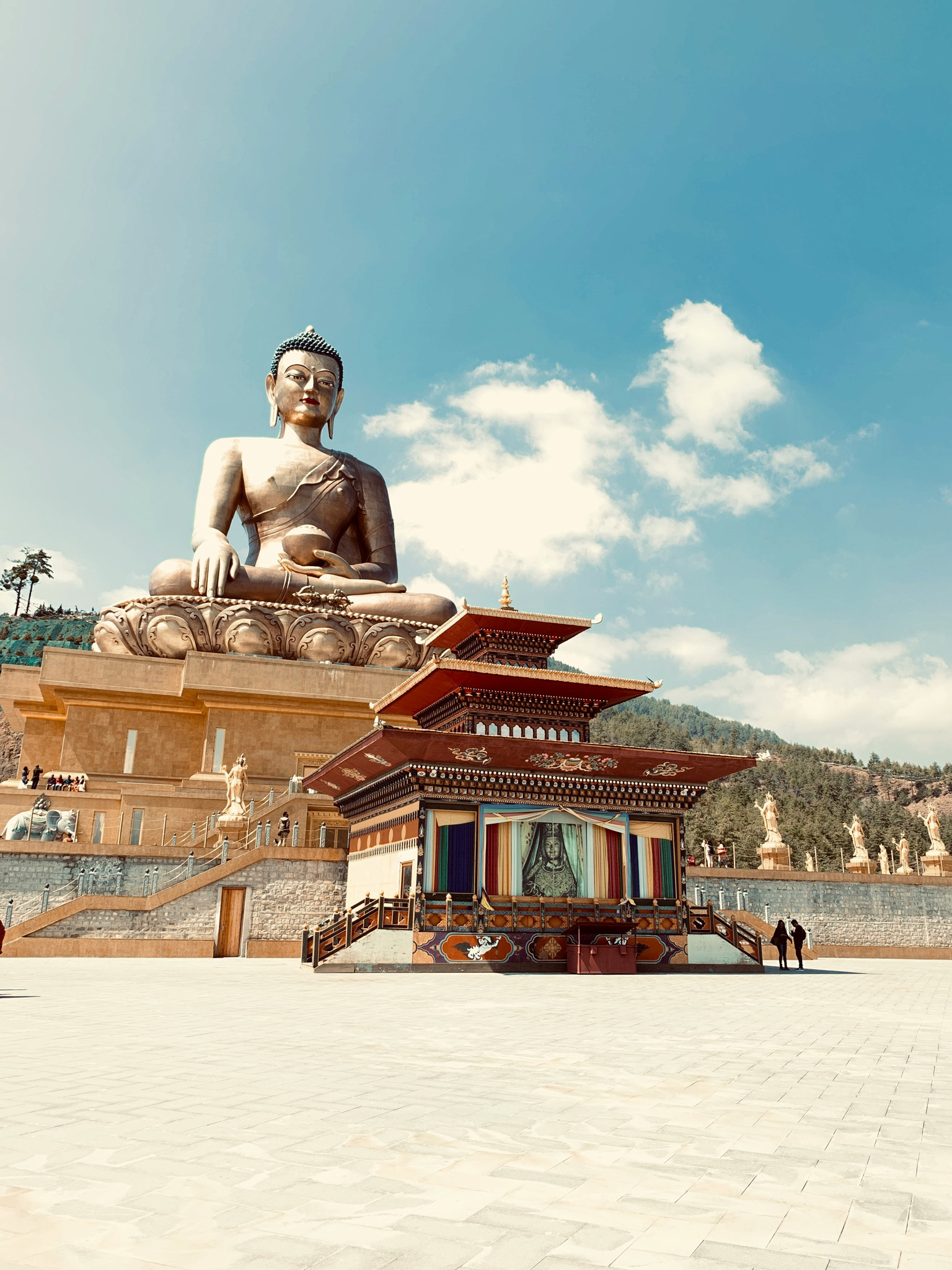
⚠️ Practical Info
- Electricity – 230V | Plug types C, D, and G
- Water – Drink only bottled or filtered water
- Internet – Wi-Fi available in most hotels, but speeds can be slow in remote areas
- Vaccinations – Routine vaccinations recommended; Hepatitis A & B and typhoid for some travellers
- Travel Insurance – Mandatory for all visitors (check if your tour operator includes it)
- Money – Bhutanese Ngultrum (BTN); Indian Rupees also accepted in most places
- Tipping – Expected for guides and drivers (ask your operator for suggested amounts)
- Cultural Tips – Dress modestly for temples and dzongs; walk clockwise around religious objects
- Safety – Very safe for travellers; crime is rare, but use normal precautions
- LGBTQIA+ Friendliness – Generally conservative, but LGBTQIA+ travellers are increasingly accepted; public displays of affection uncommon
- SIM Cards – Local SIMs (TashiCell, B-Mobile) available with passport copy. Using an eSIM is our recommended choice while travelling anywhere in the world, and our recommended provider is Holafly. For more information on eSIMs, check out this blog.
🎒 What to Pack
Clothing
- Lightweight layers for warm days
- Insulated jacket or fleece for cool mornings and evenings
- Waterproof jacket or poncho (especially during summer/monsoon)
- Long pants and long sleeves for dzong and temple visits
- Warm hat, gloves, and scarf (especially in winter or higher altitudes)
- Comfortable hiking shoes or trail runners
- Casual shoes or sandals for hotel wear
- Modest attire (no shorts or sleeveless tops in religious sites)
Travel Essentials
- Daypack for hikes and day trips
- Reusable water bottle
- Sunglasses, sunhat, and sunscreen
- Lip balm and moisturiser (air can be dry at altitude)
- Personal toiletries (basic items are provided, but rural areas may lack shops)
- Quick-dry towel (optional)
- Travel umbrella or compact rain cover
- Swimsuit (some hotels offer spas or hot stone baths)
Health & Safety
- Prescription medications (bring enough for your whole trip)
- Basic first-aid kit
- Altitude sickness tablets if trekking
- Hand sanitiser and wet wipes
- Insect repellent (particularly for lower valleys)
Tech & Documents
- Universal power adapter (Types C, D, or G)
- Camera or smartphone with charger
- Flashlight or headlamp for rural areas
- Travel insurance documents
- Passport with Bhutan visa
- Copies of key documents (digital and printed)
Optional Extras
- Trekking poles for longer hikes
- Journal or sketchbook
- Snacks or energy bars
- Small gifts or souvenirs for homestays\
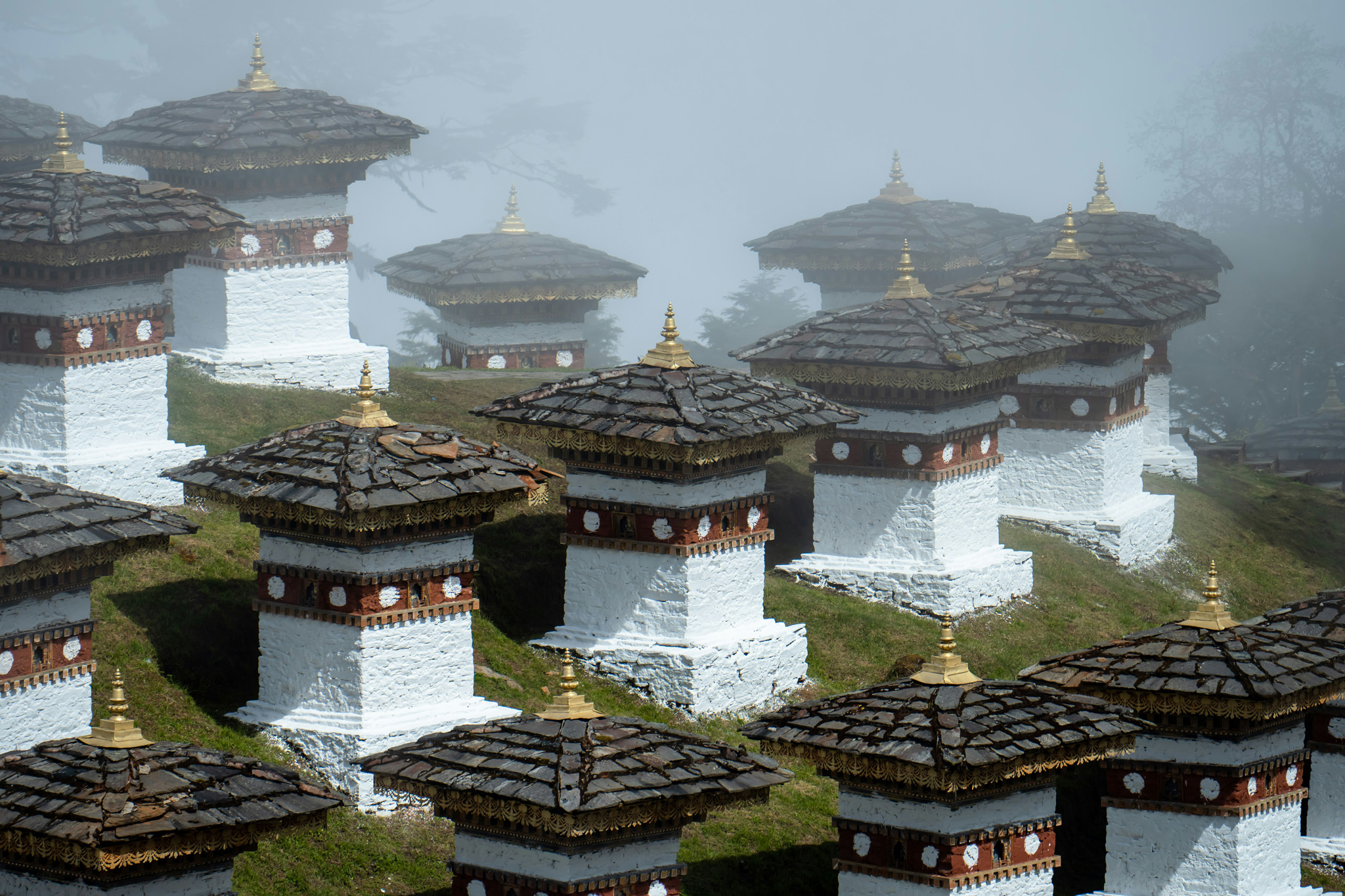
🌟 Why Visit Bhutan?
Bhutan is not just a destination – it’s an experience in mindful travel. With its deep respect for nature, vibrant culture, and focus on happiness over materialism, it offers a rare escape from the modern world. Whether you’re meditating in a mountaintop monastery, trekking through unspoiled valleys, or learning about ancient traditions from local guides, Bhutan will leave you transformed.
